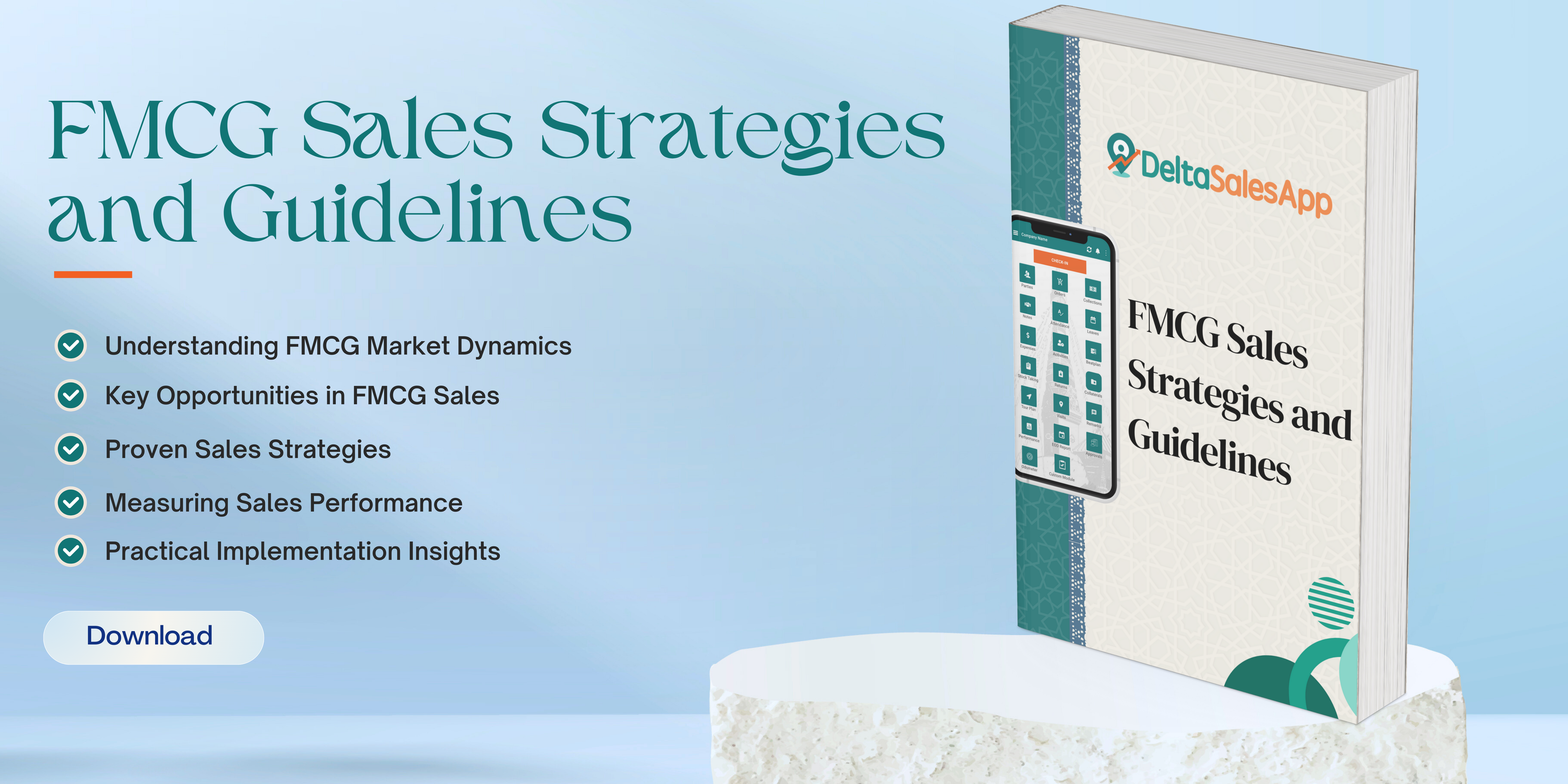Product Assortment
What is Product Assortment ?
Product assortment is a crucial aspect of retail strategy that directly impacts customer satisfaction, sales performance, and brand positioning. It refers to the variety of products a retailer offers, encompassing different categories, brands, sizes, colors, and price ranges. A well-structured product assortment ensures that businesses meet diverse customer needs, improve inventory turnover, and stay competitive in the market.
Types of Product Assortment
Retailers classify product assortments into several categories based on breadth and depth:
Wide Assortment – This strategy involves offering a broad range of product categories. Large department stores and supermarkets, such as Walmart or Carrefour, follow this approach to attract a diverse customer base.
Deep Assortment – Retailers focusing on a particular category with extensive variations use this strategy. Specialty stores like Sephora or Nike offer a deep assortment within their specific product lines.
Narrow Assortment – This strategy involves a limited range of product categories but focuses on quality and exclusivity. Luxury brands like Rolex and Louis Vuitton follow this model.
Shallow Assortment – Retailers adopting this strategy offer limited product variations within a category, often focusing on fast-moving goods and convenience.
Factors Influencing Product Assortment Decisions
Several factors determine the optimal product assortment for a retailer:
Target Market Preferences – Understanding customer demographics, buying behavior, and preferences is essential in curating the right mix of products.
Market Trends and Demand – Seasonal trends, emerging technologies, and economic conditions influence product selection.
Brand Positioning – A company’s branding and market positioning dictate whether it should offer a luxury, budget, or mass-market assortment.
Supplier Relationships – Strong partnerships with suppliers enable retailers to maintain a consistent inventory and introduce new products.
Shelf Space and Store Layout – Physical and online store constraints impact how many products can be effectively displayed and managed.
Profit Margins and Pricing Strategy – High-margin products may be prioritized, depending on the retailer’s financial goals.
Benefits of an Effective Product Assortment Strategy
A well-planned product assortment offers multiple benefits:
Increased Sales and Revenue – A diverse and well-balanced mix ensures customers find what they need, leading to higher sales.
Enhanced Customer Satisfaction – Providing relevant and high-demand products fosters customer loyalty and repeat purchases.
Competitive Advantage – A strong assortment differentiates a retailer from competitors and attracts a loyal customer base.
Efficient Inventory Management – Proper assortment planning helps in reducing stockouts and overstock situations, optimizing inventory turnover.
Brand Strengthening – A consistent and well-structured product mix reinforces the brand’s identity and market positioning.
Challenges in Product Assortment Management
Retailers face several challenges in managing product assortment effectively:
Overstocking and Understocking – Poor forecasting can lead to excessive inventory costs or missed sales opportunities.
Changing Consumer Preferences – Evolving trends require constant adaptation to keep the assortment relevant.
Balancing Variety and Simplicity – Too many choices may overwhelm customers, while too few may limit options.
Seasonality Issues – Managing seasonal products effectively to avoid obsolete inventory.
Supply Chain Disruptions – Delays and shortages in the supply chain impact product availability.
Strategies for Optimizing Product Assortment
Retailers can implement several strategies to maintain an optimal product assortment:
Data-Driven Decision Making – Utilizing sales data, customer insights, and predictive analytics for better assortment planning.
Regular Market Research – Monitoring competitor strategies and customer preferences to adapt quickly.
Flexible Inventory Management – Implementing just-in-time inventory practices and demand forecasting.
Customer-Centric Approach – Engaging with customers through feedback and personalization to refine product offerings.
Omnichannel Integration – Aligning online and offline assortments to provide a seamless shopping experience.
Conclusion
Product assortment is a dynamic and strategic component of retail success. A carefully curated mix of products tailored to consumer preferences, market trends, and business objectives ensures sustained growth and competitiveness. Retailers must continuously evaluate and refine their assortment strategies to meet the ever-changing demands of the marketplace.






